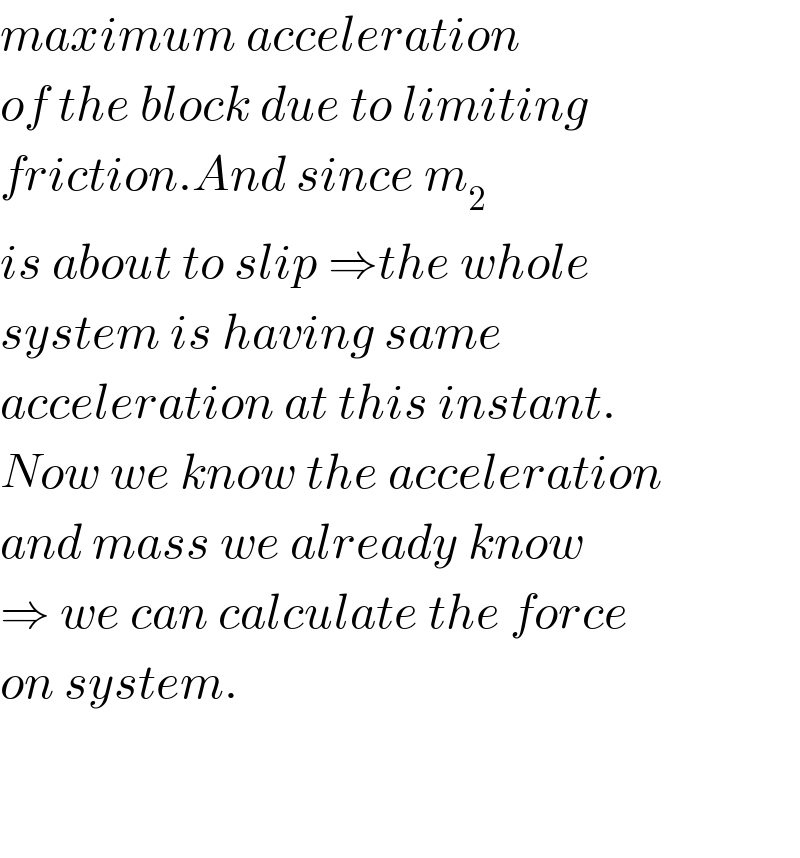Question Number 22574 by Tinkutara last updated on 20/Oct/17

Commented by Tinkutara last updated on 20/Oct/17

Answered by Sahib singh last updated on 21/Oct/17

Commented by Sahib singh last updated on 21/Oct/17

Commented by Tinkutara last updated on 21/Oct/17

Commented by Sahib singh last updated on 21/Oct/17

Commented by Sahib singh last updated on 21/Oct/17

Commented by Sahib singh last updated on 21/Oct/17

Commented by Tinkutara last updated on 21/Oct/17

Commented by Sahib singh last updated on 21/Oct/17

Commented by Tinkutara last updated on 21/Oct/17

Commented by Sahib singh last updated on 21/Oct/17

